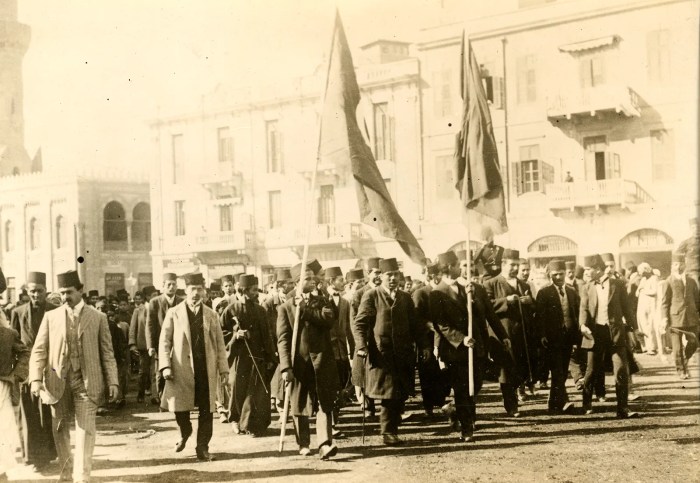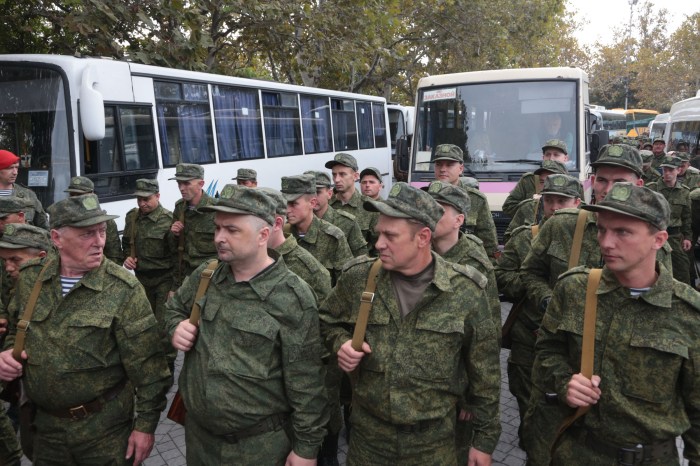The process of assembling troops and supplies for war is a complex and multifaceted undertaking that requires meticulous planning, coordination, and execution. This intricate process encompasses a wide range of activities, from recruiting and training personnel to acquiring, storing, and distributing essential supplies.
In this comprehensive guide, we will delve into the intricacies of troop assembly and supply chain management, exploring the logistical challenges and technological advancements that shape this critical aspect of military operations.
Throughout history, successful troop assembly and supply operations have played a pivotal role in determining the outcomes of wars. From the ancient battles of antiquity to the modern era of sophisticated warfare, the ability to mobilize and sustain military forces has been a key factor in achieving victory.
This guide will provide insights into the historical perspectives and lessons learned from past campaigns, offering valuable guidance for contemporary military planning.
Troop Assembly

The process of troop assembly for war involves the gathering and organizing of military personnel to form an effective fighting force. It encompasses various steps, including recruitment, training, and equipping of troops.
Recruitment
Recruitment involves attracting individuals to join the military and undergo basic training. This can be achieved through various methods, such as advertising campaigns, outreach programs, and incentives.
Training
Training is crucial for preparing troops for combat. It involves providing them with the necessary skills, knowledge, and physical conditioning to operate effectively in the field.
Equipping
Equipping troops with weapons, uniforms, and other necessary gear is essential for their success on the battlefield. This includes providing them with firearms, ammunition, protective gear, and communication devices.
Logistics of Deployment, Process of assembling troops and supplies for war
Once troops are assembled, they must be transported and deployed to designated areas. This involves planning and coordinating the movement of personnel, equipment, and supplies.
Supply Chain Management

Supply chain management in wartime involves the acquisition, storage, and distribution of essential supplies to support military operations. It is a complex and challenging process that requires coordination and efficiency.
Key Components
- Procurement: Acquiring supplies from various sources, including domestic production and international procurement.
- Transportation: Moving supplies from points of origin to distribution centers and forward operating bases.
- Inventory Management: Maintaining adequate stock levels of supplies while minimizing waste and spoilage.
Challenges and Strategies
Maintaining an efficient supply chain in wartime presents numerous challenges, including disruptions in production, transportation, and distribution. Effective strategies for addressing these challenges include:
- Diversifying supply sources
- Establishing strategic stockpiles
- Implementing contingency plans
Logistics Planning
Logistics planning is essential for ensuring the timely and efficient assembly of troops and supplies for war. It involves coordinating the movement of personnel, equipment, and supplies from various points of origin to the battlefield.
Considerations
- Timelines: Establishing realistic timelines for troop assembly and deployment.
- Transportation Routes: Identifying and securing safe and efficient transportation routes.
- Resource Allocation: Determining the optimal allocation of resources, including personnel, equipment, and supplies.
Coordination and Collaboration
Effective logistics planning requires close coordination and collaboration among different military units and departments. This includes:
- Joint planning between operational and logistics staff
- Clear communication channels
- Shared situational awareness
Technology and Innovation: Process Of Assembling Troops And Supplies For War

Technology plays a vital role in enhancing the process of assembling troops and supplies for war. It provides tools and capabilities that improve efficiency, accuracy, and coordination.
Examples
- Recruitment: Online platforms and social media for reaching potential recruits.
- Training: Virtual reality simulations and advanced training systems.
- Supply Chain Management: Automated inventory management systems and real-time tracking of supplies.
Benefits and Challenges
Integrating technology into military logistics offers numerous benefits, including:
- Increased efficiency and accuracy
- Improved coordination and communication
- Enhanced situational awareness
However, challenges also exist, such as:
- Cybersecurity risks
- Compatibility issues
- Training and implementation costs
Historical Perspectives

Historical case studies provide valuable insights into the successes and failures of troop assembly and supply operations in past wars. Analyzing these operations helps identify best practices and lessons learned.
Examples
- Success:Operation Overlord (D-Day) in World War II, which involved the successful assembly and deployment of Allied forces for the invasion of Normandy.
- Failure:The German invasion of the Soviet Union in World War II, which was hampered by logistical challenges and supply shortages.
Lessons Learned
Historical case studies reveal important lessons for modern military planning, including:
- The importance of thorough planning and coordination
- The need for a robust and resilient supply chain
- The value of technological advancements
International Cooperation
International cooperation plays a significant role in assembling troops and supplies for war. Multinational military alliances and coalitions provide a framework for sharing resources and coordinating logistics.
Examples
- NATO (North Atlantic Treaty Organization):A military alliance of North American and European countries that provides collective security and logistical support.
- Coalition Forces in the Gulf War:A multinational coalition of forces assembled to liberate Kuwait from Iraqi invasion.
Challenges and Opportunities
Coordinating logistics and supply chains across borders presents challenges, such as:
- Differences in equipment and standards
- Language barriers
- Political and diplomatic complexities
However, international cooperation also offers opportunities for:
- Pooling resources and capabilities
- Sharing best practices and lessons learned
- Strengthening diplomatic and military ties
FAQs
What are the key components of a military supply chain?
Procurement, transportation, inventory management, and distribution
How does technology enhance the process of assembling troops and supplies?
Through innovative technologies in recruitment, training, supply chain management, and logistical planning
What are the challenges of coordinating logistics and supply chains across borders?
Differences in regulations, transportation infrastructure, and political considerations